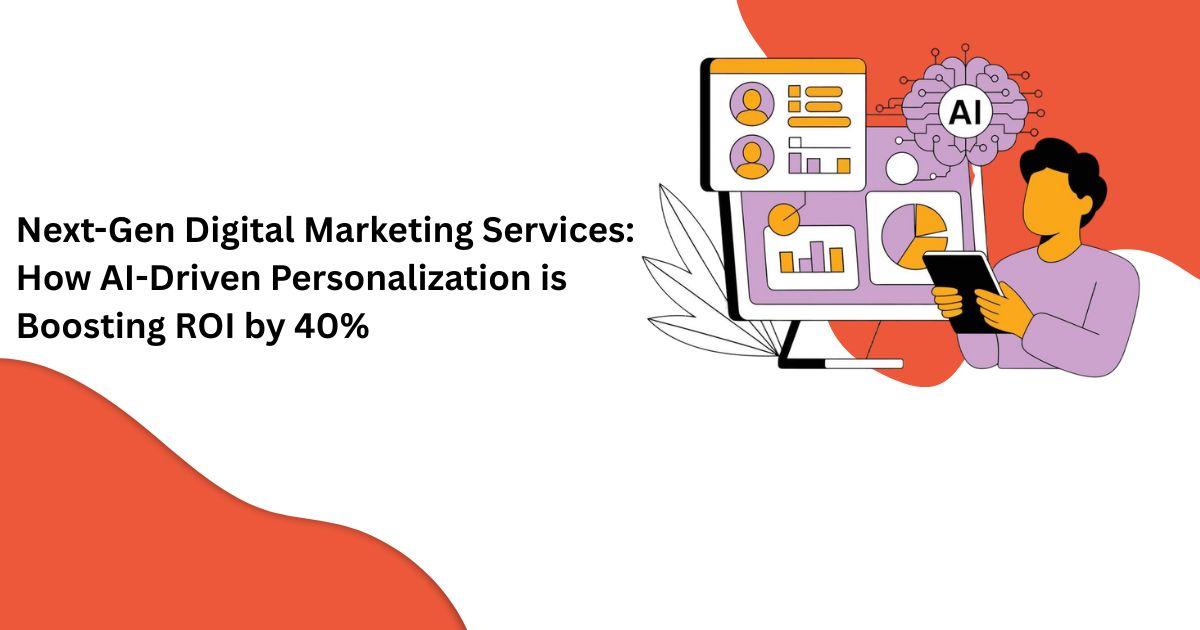
كيفية تحسين موقع الويب في 30 يومًا: دليلك لمعرفة ذلك خطوة بخطوة
يعد تحسين موقع الويب أمرًا بالغ الأهمية لتحسين أدائه وترتيب محرك البحث وتجربة المستخدم. يمكن لوكالة ممتازة في التسويق رقمي في دبي أن تلعب دورًا مهمًا في تحقيق أفضل نمو لأي عمل على المدى الطويل. إليك خطة مفصلة لمدة 30 يومًا لمساعدتك في تحويل موقعك بشكل فعال.
الأسبوع الأول: تحسين محركات البحث الفنية والأداء
اليوم 1-2: تدقيق الموقع والمقارنة المعيارية
- استخدم أدوات مثل Google Analytics وGoogle Search Console وSEMrush لإجراء تدقيق شامل للموقع.
- تحديد المشكلات المتعلقة بسرعة الموقع وسهولة استخدام الهاتف المحمول والروابط المعطلة وأخطاء تحسين محركات البحث
اليوم 3-4: تحسين السرعة
- ضغط الصور باستخدام أدوات مثل TinyPNG أو ImageOptim.
- تنفيذ التخزين المؤقت للمتصفح وتحسين CSS وجافا سكريبت و HTML.
- ضع في اعتبارك استخدام شبكة توصيل المحتوى (CDN) لتحسين أوقات التحميل.
اليوم 5-6: تحسين الهاتف المحمول
- تأكد من أن موقع الويب الخاص بك متوافق مع الأجهزة المحمولة باستخدام تصميم سريع الاستجابة.
- اختبر موقعك على أجهزة مختلفة باستخدام أدوات مثل Google's Mobile - Friendly Test.
اليوم السابع: خدمة تصميم المواقع والأمان
- قم بتثبيت شهادة خدمة تصميم المواقع لتأمين موقع الويب الخاص بك.
- التحقق من وجود ثغرات أمنية وتنفيذ التحديثات أو التصحيحات اللازمة.
الأسبوع 2: تحسين محركات البحث على الصفحة واستراتيجية المحتوى
اليوم 8-10: البحث عن الكلمات الرئيسية
- استخدم أدوات مثل Google Keyword Planner وAhrefs للعثور على الكلمات المفتاحية الرئيسية ذات الصلة.
- التركيز على الكلمات المفتاحية الطويلة والتي تتطابق مع نية المستخدم ولها منافسة معتدلة.
اليوم 11-13: تحسين المحتوى
-
- تحديث المحتوى الحالي بكلمات رئيسية مستهدفة، مما يضمن جودته وقيمته للقراء.
- استخدم علامات الرأس (H1، H2، H3) بشكل صحيح لهيكلة المحتوى الخاص بك.
اليوم الرابع عشر: الربط الداخلي
- تحسين بنية الربط الداخلي لمساعدة محركات البحث على فهم بنية موقعك.
- تأكد من إمكانية الوصول إلى كل صفحة مهمة في غضون ثلاث نقرات من الصفحة الرئيسية.
الأسبوع الثالث: تجربة المستخدم والتصميم
اليوم 15-17: التنقل والتخطيط
- تبسيط التنقل لجعله سهل الاستخدام.
-
استخدم عناصر تصميم واضحة ومتسقة في جميع أنحاء موقعك.
اليوم 18-19: دعوة للعمل وتحسين التحويل
-
ضع نقرات للحث على اتخاذ اجراء بشكل استراتيجي لتوجيه المستخدمين.
-
اختبار التصاميم والمواضع المختلفة لـلحث على العمل لمعرفة ما هو الأفضل.
اليوم 20-21: اختبار التقسيم A/B
- إجراء اختبارات التقسيم A/B على عناصر مثل العناوين الرئيسية والصور و الحث على العمل لتحديد ما يزيد من المشاركة والتحويلات.
-
استخدم أدوات مثل Google Optimize أو Optimizely.
الأسبوع 4: تحسين محركات البحث والتحليلات خارج الصفحة
اليوم 22-23: بناء الرابط
- تواصل مع مواقع الويب والمدونات ذات الصلة للحصول على فرص نشر مشاركات الضيوف.
-
إنشاء محتوى قابل للمشاركة لجذب الروابط الخلفية بصورة طبيعي.
اليوم 24-25: اندماج وسائل التواصل الاجتماعي
- تأكد من أن موقعك يحتوي على نقرات للمشاركة اجتماعية.
-
تعزيز المحتوى الخاص بك على منصات وسائل التواصل الاجتماعي لزيادة الرؤية وحركة المرور.
اليوم 26-27: تحسين محركات البحث المحلية
- - إذا كان ذلك ممكنًا، فقم بتحسين موقعك لعمليات البحث المحلية عن طريق إعداد نشاطك التجاري على جوجل.
- تشجيع العملاء الراضين على ترك تعليقات إيجابية.
اليوم 28-29: المراقبة والضبط
- تحقق بانتظام من تحليلاتك لمراقبة حركة المرور ومعدلات الارتداد والمقاييس الرئيسية الأخرى.
-إجراء التعديلات حسب الأداء
اليوم الثلاثون: المراجعة والتخطيط للمستقبل
- - مراجعة التقدم المحرز على مدار الشهر.
- - خطط لمهام التحسين المستمرة للحفاظ على أداء موقعك وتحسينه.
- باتباع هذه الخطة لمدة 30 يومًا، يمكنك تحسين موقع الويب الخاص بك بشكل منهجي للحصول على سرعة أفضل وتحسين محركات البحث وتجربة المستخدم. يعد الانسجام والتحديثات المنتظمة أمرًا أساسيًا للحفاظ على أداء عالي لموقعك. استخدم هذا الدليل كأساس للتحسينات المستمرة ومواكبة اتجاهات تحسين محركات البحث وتقنياتها الجديدة للبقاء في صدارة المنافسة.
Categories
Recent Post








































